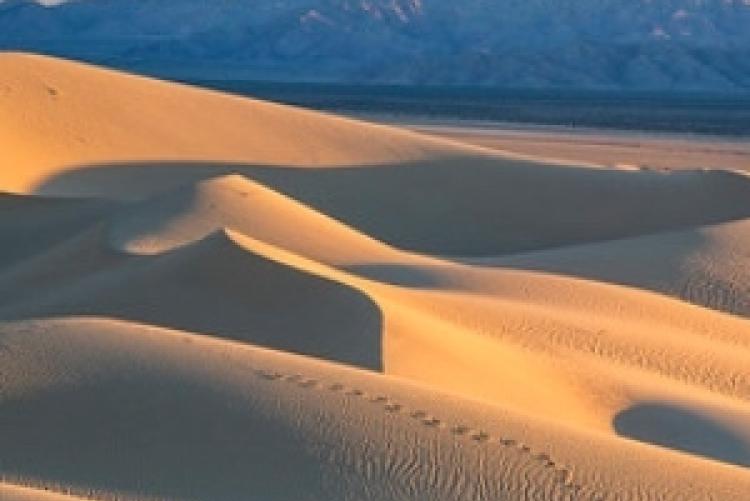LECTURE / READING
Event Details:
Should we let wild nature run its course within a nature preserve, or should we intervene to guide it in directions we deem beneficial? There is a long and deeply rooted set of assumptions in the United States that the purpose of a national park or wilderness area is to preserve nature in a primeval state. And many of us—whether backpacking in Yosemite or enjoying one of our many local parks here in the Bay Area—continue to assume that this is what we are seeing. Yet appearances can be deceptive, and there is now a large body of research in ecology and anthropology that suggests that the distinction between natural and human-made is rarely so clear-cut. In reality, we must often choose among different kinds of human-influenced scenarios when stewarding a landscape. We will look at a couple different case studies here in California: the hidden history of Native American land management practices that helped shape some of the landscapes we see today, and the difficult choices we now face confronting mega-wildfires in the Sierra Nevada. How might we rethink our sense of connection to these landscapes that are never exclusively “natural?”
Speaker:
Assistant Dean for Humanities and Social Sciences, School of Humanities and Sciences, Stanford University
Moderator: Jeffrey Schwegman, PhD
Associate Director for Environmental Education, Jasper Ridge Biological Preserve, Stanford University
















